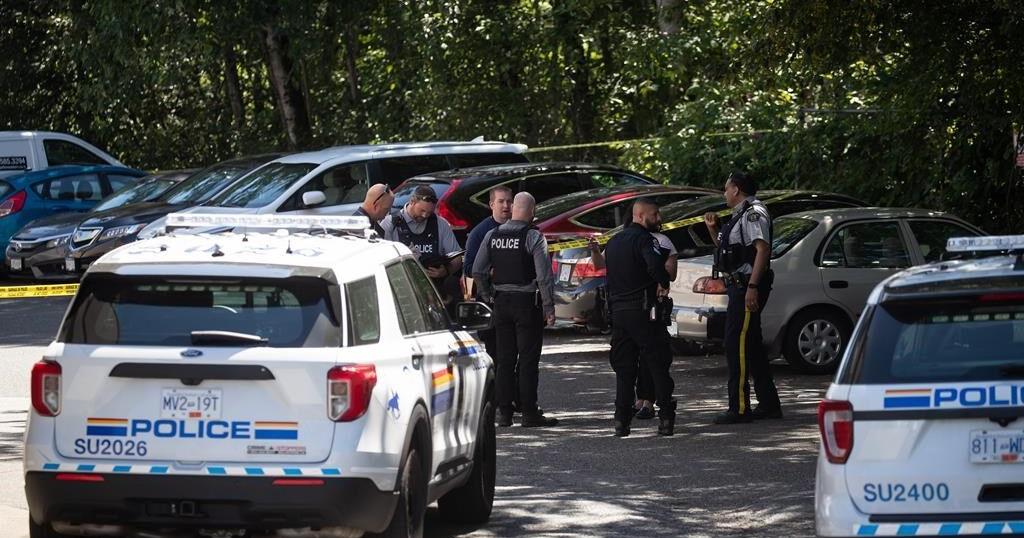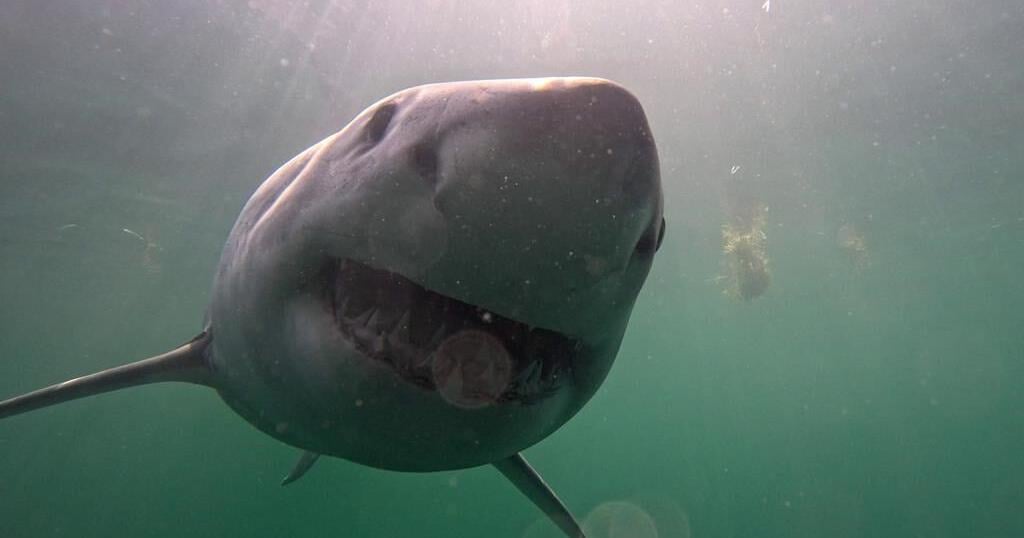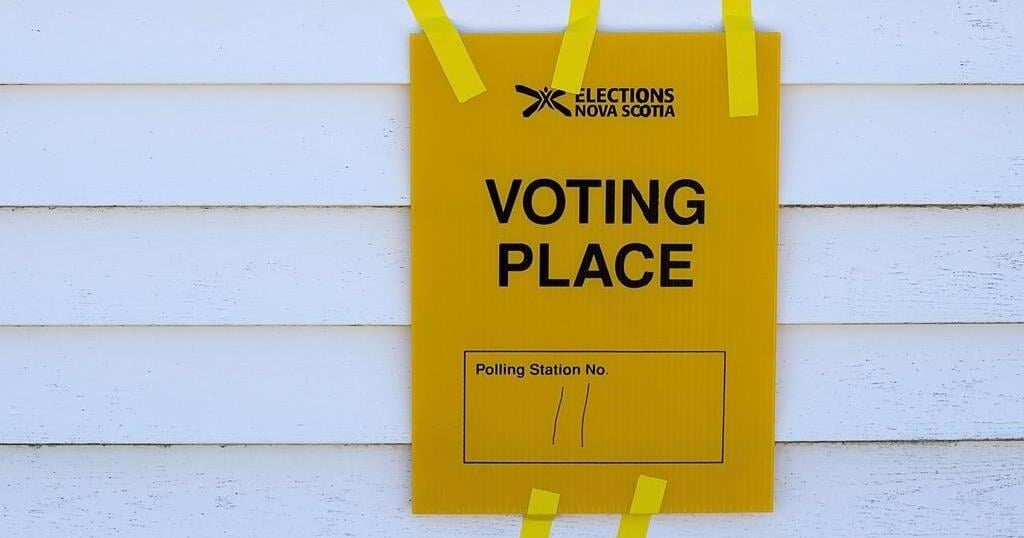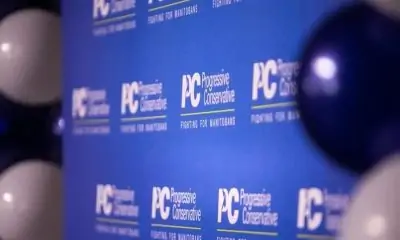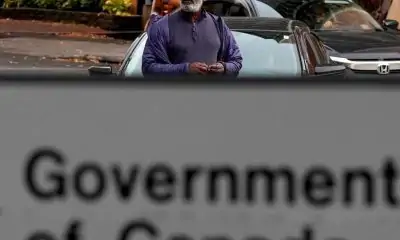The day before Ripudaman Singh Malik was murdered in July 2022, a pair of hired hit men showed up at his B.C. business, “scoping out the scene” for several minutes before driving away.
The next morning, Tanner Fox and Jose Lopez appeared again at the business park in Surrey, B.C., and fired seven shots into Malik’s Tesla, killing him as he sat in the driver’s seat.
The sped off in a stolen car, which was later found on fire in a nearby laneway.
The details of Malik’s murder are outlined in an agreed statement of facts filed in B.C. Supreme Court as Fox and Lopez await sentencing after pleading guilty to second-degree murder.
The statement, provided by the BC Prosecution Service, confirms the men were “hired and paid,” but does not say who ordered the assassination.
In 2005, Malik was acquitted in B.C. Supreme Court along with his co-accused, Ajaib Singh Bagri, of charges related to the bombings aimed at two Air India planes that killed 331 people in June 1985.
One bomb blew up over the ocean off Ireland, killing all 329 on board, while the second device exploded at Narita airport in Japan, killing two baggage handlers.
A 2005 Canadian government report concluded the bombings were carried out by Sikh Khalistani separatists in Canada, including bomb maker Inderjit Singh Reyat, who was convicted of manslaughter.
Members of the Khalistani movement in Canada have recently been targeted by India with crimes including homicide and extortion, according to the RCMP and the federal government, which expelled six Indian diplomats this month.
The Canadian government previously said credible intelligence linked India’s government to the killing last year of Khalistani activist Hardeep Singh Nijjar. India has denied the claims.
The statement of facts in Malik’s case makes no mention of the Air India bombing, India, or the Sikh separatist movement.
It says Fox and Jose Lopez acted together to kill Malik, and the gunfire that day sent people working nearby — including some of Malik’s employees — running for cover.
Both men were originally charged with first-degree murder but pleaded guilty last week to the lesser charge, and a hearing in New Westminster on Thursday was expected to fix a date for their sentencing.
The statement of facts outlines how Fox and Lopez’s movements were “were captured on various surveillance cameras and traffic cameras,'” on the day before and day of the murder.
It says the pair used a stolen vehicle and another car to carry out the hit, a white Honda CRV and a black Infiniti, liaising in the lead-up to the murder at a home in Surrey “owned by a person unrelated to the homicide.”
The pair switched license plates on the vehicles, the statement says, while detailing what they were wearing and setting out a timeline of their movements in the lead-up and aftermath of the targeted shooting.
Fox and Lopez “were hired and paid to commit the murder,” and used two handguns to riddle the driver’s side of Malik’s car that morning when he showed up to work, the statement says.
“The shots struck Mr. Malik from his left side, and he was killed while he was still sitting in the driver’s seat. Other than Mr. Fox and Mr. Lopez there was no one else at the crime scene who was responsible for shooting and killing Mr. Malik,” it says.
They fled in the stolen Honda to a laneway in a residential area where they’d stashed the black Infiniti, and a video captured the Honda “engulfed in flames,” after being set on fire deliberately.
Surrey firefighters put out the blaze, which also set nearby bushes and a fence on fire, the statement says.
Police later seized a cellphone from the tenant of the rental suite where Fox and Lopez went after the murder, and video from a door camera showed Fox with a Puma-brand backpack.
The statement says a search of the bag turned up gloves, masks, two pistols, magazines and bullets.
A pathologist who examined Malik’s body in the days after his murder found that all seven shots hit him, “six of which were on the head and neck area.”
This report by The Canadian Press was first published Oct. 31, 2024.

